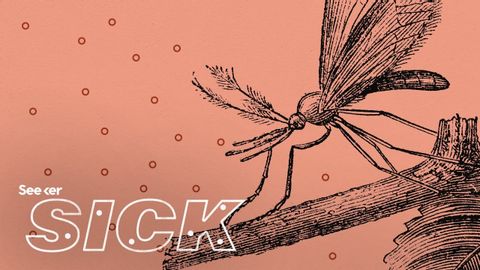
Subtitles & vocabulary
What Does Malaria Do to the Human Body?
00
林宜悉 posted on 2020/04/13Save
Video vocabulary
immune
US /ɪˈmjoon/
・
UK /ɪˈmju:n/
- Adjective
- Having a special protection from, e.g. the law
- Protected against a particular disease or condition because of antibodies or vaccination.
B1
More extremely
US /ɪk'strimlɪ/
・
UK /ɪkˈstri:mli/
- Adverb
- In a way that is much more than usual or expected
- Remarkably; unusually.
B1
More ancient
US /ˈenʃənt/
・
UK /'eɪnʃənt/
- Adjective
- Very old; having lived a very long time ago
- Relating to a period in history, especially in the distant past.
- Noun
- A person who lived in ancient times.
A2
More Use Energy
Unlock All Vocabulary
Unlock pronunciation, explanations, and filters
